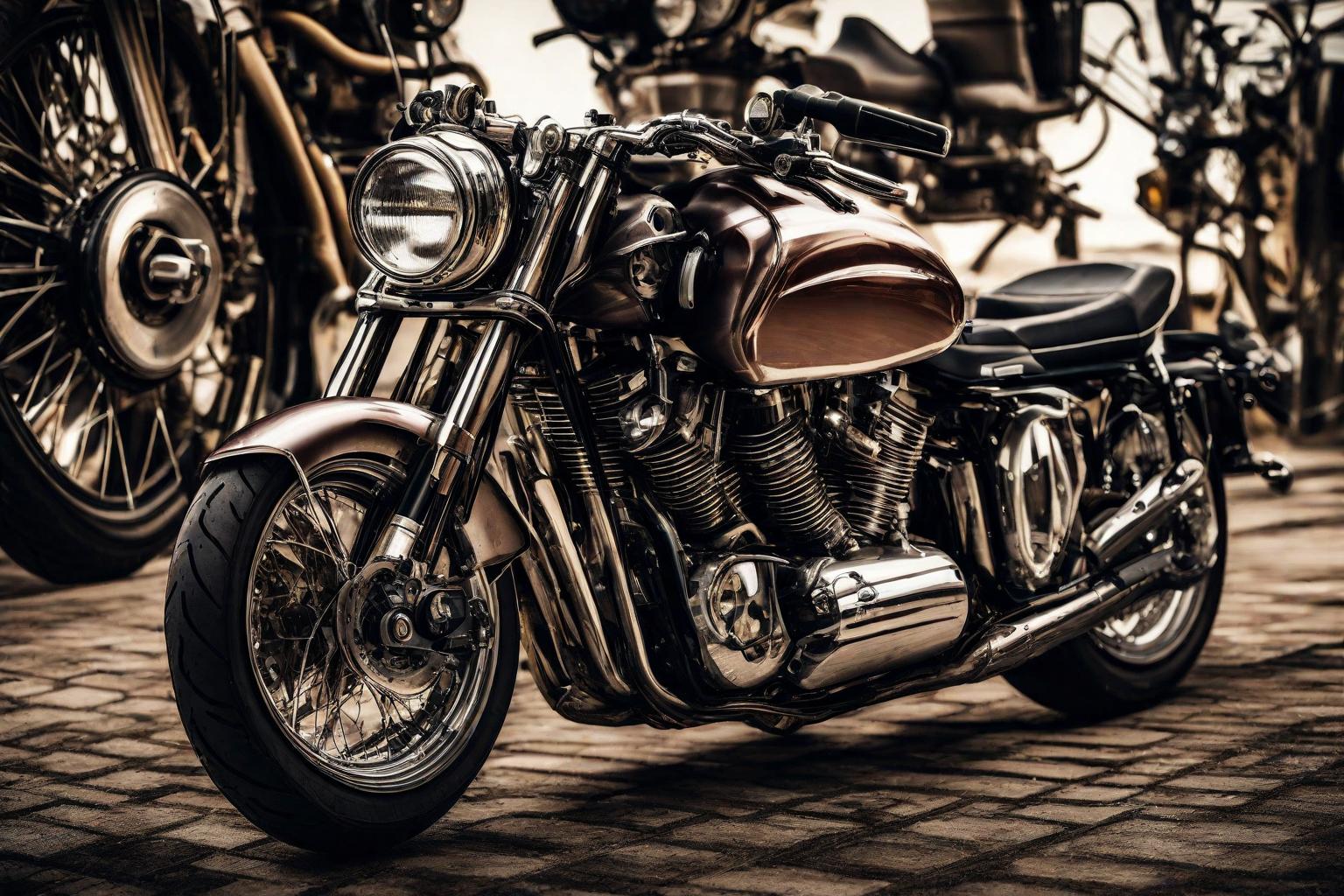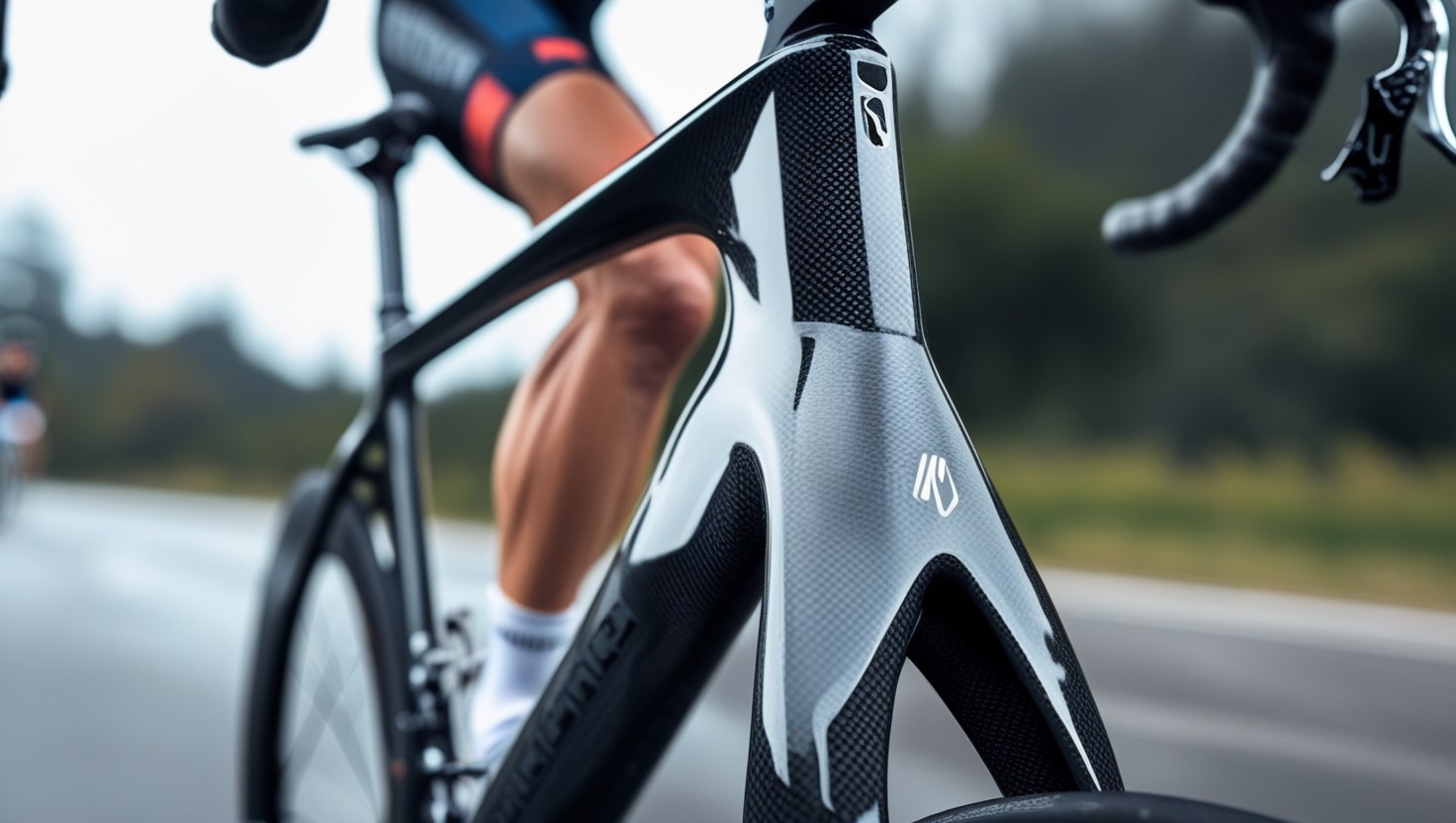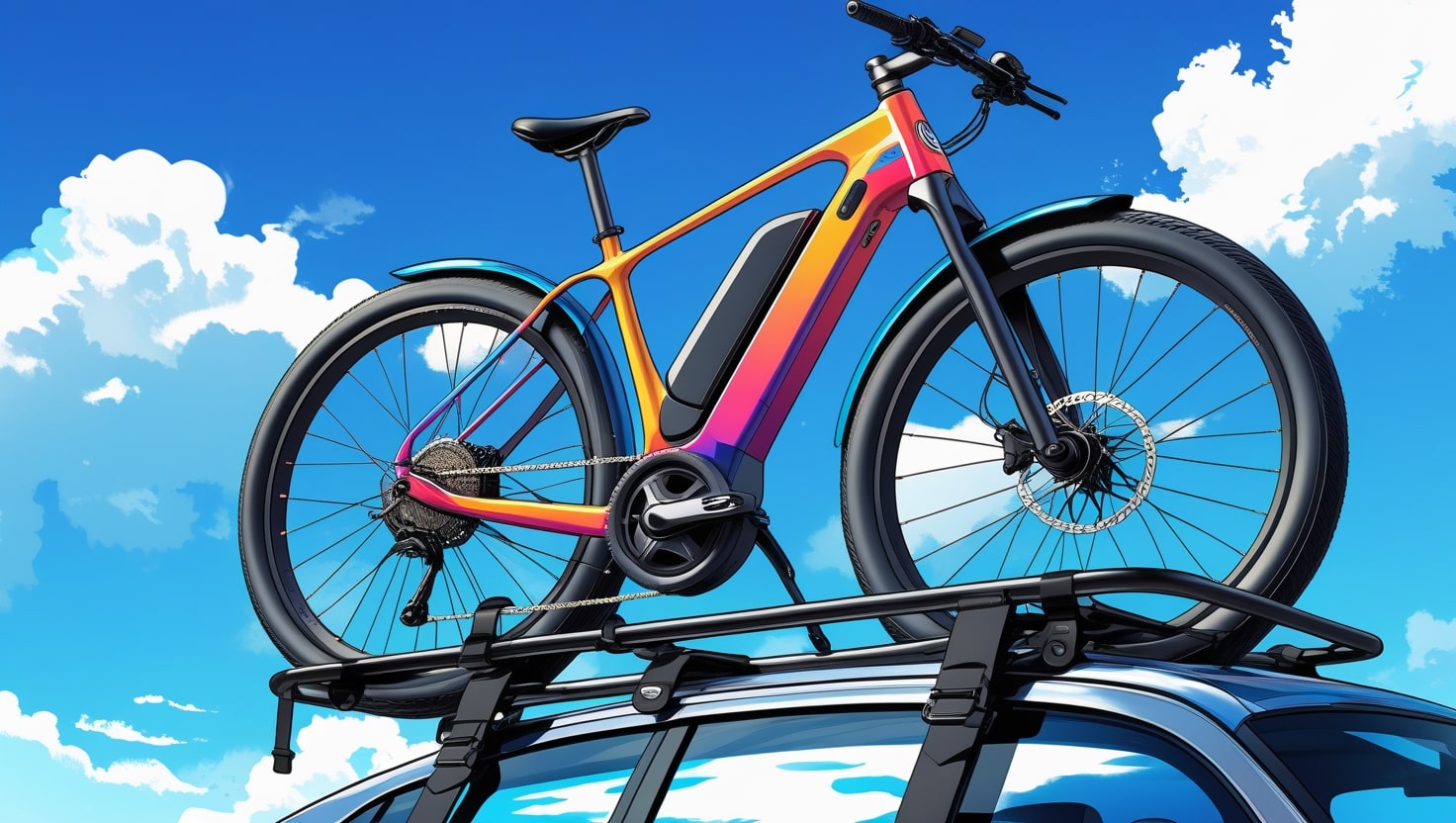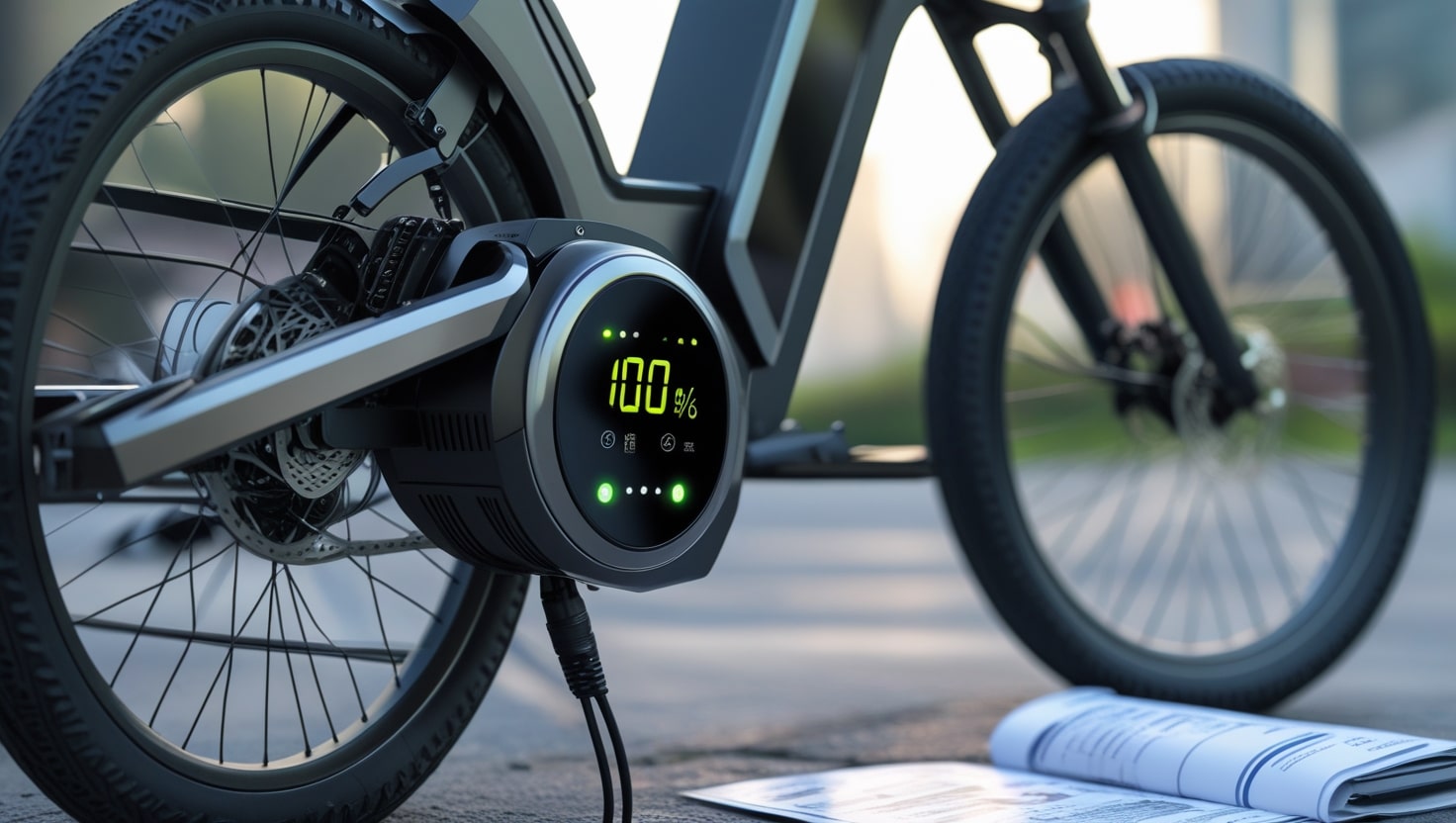Riding motorcycles has always been an excellent way to commute quickly while enjoying the open road. However, these vehicles rely on internal combustion engines that can produce harmful greenhouse gases, impacting the environment. Like other methods of transportation, motorcycles play a significant role in daily life, but they also require solutions to reduce their carbon footprint. One such device is the catalytic converter, designed to minimize these gases.
The use of catalytic converters in motorcycles is becoming increasingly common. These actions, aimed at improving air quality, demonstrate how technology can align with energy-efficient choices, much like recycling plastic bottles or upgrading to modern lighting systems. Understanding these mechanisms can help us appreciate their role and the associated benefits they bring to cleaner transportation. The question of whether motorcycles include such systems and do motorcycles have catalytic converters.
Related: How Much is it to Wrap a Motorcycle?
What are catalytic converters?
A motorcycle equipped with catalytic converters is designed to reduce harmful emissions from the engine’s exhaust by promoting oxidation. These essential components use catalysts, which are specialized devices that work by accelerating chemical reactions while facilitating the process and reducing the energy required to make it happen. In practice, the presence of a catalyst allows these reactions to take place quickly and with less energy, contributing significantly to cleaner air and a more environmentally friendly ride.
Related: What Goes On at Sturgis Bike Rally
The function of the catalytic converter
The motorbike catalytic converter plays a critical role in controlling pollution by working to reduce pollutant emissions produced by the engine. It functions as a filter that helps transform harmful exhaust gases into less environmentally damaging substances, such as carbon dioxide and water vapor.
This process is made possible by a catalytic material inside the converter, which reacts with these gases to facilitate their transformation into safer byproducts.
In practice, this essential component works by converting hydrocarbons and carbon monoxide into water, carbon dioxide, and nitrogen. It also transforms nitrogen oxide into less harmful compounds. These transformed gases are then safely released into the external environment through the exhaust of the motorcycle.
What is the Purpose of a Catalytic Converter?
The primary purpose of a catalytic converter in a motorcycle is the same as in vehicles like cars and lorries—to reduce greenhouse gas emissions that are produced during internal combustion. This device plays a vital role in ensuring the exhaust smoke released from the engine is less harmful to the environment.
The function of a catalytic converter relies on a chamber filled with a catalyst, where chemical reactions occur. These reactions work to split harmful molecules, such as carbon monoxide, nitric oxide, and complex hydrocarbons, into less dangerous forms.
What other effects does the catalyst produce?
The catalytic converter in a motorbike does more than just control pollutant emissions; it also helps reduce exhaust noise and the decibels emitted. This is an essential feature for ensuring compliance with regulations that aim to protect the environment and improve air quality. Riding a motorbike equipped with a catalytic converter is often compulsory for use on the road, as it keeps the vehicle within legal emission standards and makes it more eco-friendly.
Interestingly, the catalytic converter can also increase engine performance at low to medium revs by utilizing counter-pressures created within the exhaust system. Without this aid, riders might notice a slight loss of torque at lower revs, although this could result in greater explosiveness at high revs.
What do you need to know about the catalytic converter and type approval?
Since 2003, most motorbikes come equipped with a catalytic converter as part of the exhaust system, with the purpose of reducing pollutant emissions. Some models have the converter in the headers, while others place it in the final silencer. If you plan to replace your original exhaust with a sports exhaust, ensure it is fitted with a compatible component, as removing the original catalytic converter requires an optional one to be purchased for the motorbike to legally circulate on the road.
Related: What to Wear Bike Ride
Are Motorcycles Equipped with Catalytic Converters?
Motorcycles, like other vehicles, are equipped with a catalytic converter to help reduce harmful greenhouse gas emissions. However, whether a motorcycle requires a catalytic converter depends on several factors. The age of the motorcycle plays a significant role, as those manufactured before 1985 are often exempt from MOT standards. On the other hand, newer units must adhere to modern laws in the UK, such as the Euro 5 protocols, which regulate the types of gases produced and noise levels emitted by the motorcycle.
As environmental regulations become more stringent, all motorcycles may need to comply with catalytic converter requirements in the future. For now, all new models must be compliant with Euro 5 standards, making the converter mandatory for most. Riders uncertain about their motorcycle’s compliance can visit the government website or consult an experienced MOT technician to ensure their vehicle meets current standards. These are key takeaway points for anyone navigating the evolving emission rules.

How to Find the Catalytic Converter on a Motorbike
To locate the catalytic converter on a motorcycle, it is important to know that in the majority of cases, it is located at the end of the exhaust pipe. Riders might notice a honeycomb filter, which is a key feature described earlier in this article.
To keep the converter protected from potential damage, it’s always wise to consult the motorcycle’s manual if you are unsure. This can help clarify any doubt about its exact location or maintenance tips.
Related: How to Bike with a Dog
Is it Illegal to Modify or Remove a Catalytic Converter?
Some owners may want to modify their motorcycle or make aftermarket adjustments, but removing the catalytic converter is not legal. This action would breach current emissions and noise standards, as these devices help the engine run efficiently. Beyond legal restrictions, there are important functional concerns to take into account, as removing this component can negatively impact performance and compliance with environmental regulations.
According to the law, any modifications or upgrades to the exhaust system must use components that are certified under British Standards or the EC Directive. Using a converter marked with “not for road use” is also not legal in the UK, especially on motorways. If caught, owners may face fines, added points on their licence, or other penalties from the police. Always ensure modifications are in accordance with relevant regulations to avoid these issues.
How to Protect a Catalytic Converter from Damage
To keep the catalytic converter in your motorcycle functioning properly, it’s essential to take preventive steps to avoid damage. Always use unleaded petrol when fuelling your bike, as lead can harm the rare metals inside the converter and lead to issues with emissions. Regular maintenance is crucial—ensure the engine is serviced on a regular basis to avoid overheating, which can harm components. Additionally, only use petrol rated for the proper octane level and avoid fuels containing alcohol.
If you suspect a problem such as backfiring or stalling, immediately consult a qualified mechanic. While not all models are outfitted with these filters, they are mandatory on many modern bikes to help regulate emissions. For questions about whether your bike meets regulatory standards, it’s always best to speak with an expert. Taking these steps can ensure the converter remains in good condition and compliant with regulations.
Related: Best Road Cycling Sunglasses
Types of Catalytic Converters for Bikes
Motorcycles use two main types of catalytic converters: two-way and three-way. A two-way catalytic converter relies on oxidation catalysts to convert carbon monoxide into carbon dioxide, helping to reduce harmful emissions. Meanwhile, a three-way catalytic converter includes reduction catalysts, which go a step further by converting nitrogen oxides into nitrogen and oxygen.
Tips to Protect Your Bike’s Catalytic Converter
A defective catalytic converter can cause air pollution and affect engine performance, so keeping it in good condition is important. Use unleaded gasoline, as leaded fuel can damage the converter. An overheated engine with high temperatures is another risk, so ensure your bike’s engine is regularly serviced and running properly. These tips will help protect your bike and maintain its performance for a longer time.
FAQs
What’s inside a catalytic converter?
A catalytic converter is made up of precious metals like platinum, rhodium, and palladium. Inside, it contains a honeycomb ceramic structure that helps convert harmful gases into safer substances.
Does catalytic converter affect the driving experience?
A clogged catalytic converter can impact your motorcycle’s performance and driving experience. Issues like slow powertrain performance, low acceleration, and excessive heat can arise. You might also notice sulfur smells from the exhaust or even dark smoke. These problems not only affect the vehicle but can also signal the need for maintenance to ensure optimal functioning.
Where is the catalytic converter located?
The catalytic converter in a motorcycle is usually located at the end of the exhaust pipe. Unlike electric vehicles (EVs), motorcycles require these converters to reduce harmful pollutants. To ensure accurate placement or maintenance, it’s best to consult the instruction manual to find it easily and avoid potential issues.
What are the signs of a failed catalytic converter?
- Sluggish engine performance that affects the overall ride.
- A noticeable smell of sulfur or rotten eggs from the exhaust.
- Reduced acceleration, making it harder for the bike to pick up speed.
- Extreme heat emanating from under the bike, which could cause damage.
- Dark smoke coming from the exhaust, indicating inefficient emissions control.








